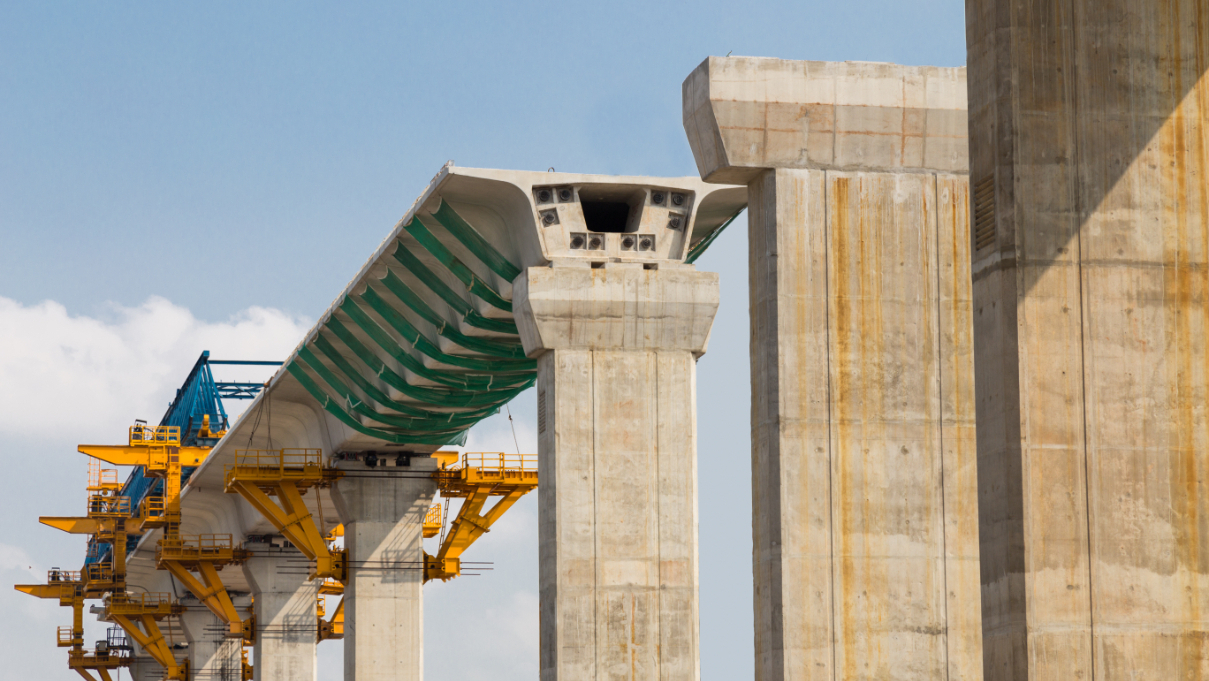
Infrastructure investment and the net-zero transition
James Baldwin from LCP explains why infrastructure assets, despite their reputation as high emitters, can provide an opportunity for net-zero investors.
Infrastructure is one of the most emissions-intensive asset classes available to investors today. A $1m investment in listed infrastructure generates the same emissions as around 440 flights from London to New York. However, in a world accelerating down the road towards net zero, there is an opportunity for investors to take advantage of the decarbonisation of this asset class.
Infrastructure investors who transition their assets to net zero effectively will likely earn superior long-term returns compared to those that are slower to make the move, or do not transition at all, as they will benefit from a “first-mover” advantage. Adopting green technologies ahead of competitors will also likely mean they benefit from a reduced impact of potential carbon taxes.
Through unlisted infrastructure, investment managers tend to be majority shareholders of portfolio companies, giving them significant influence over strategic direction and net-zero policies. The managers that will benefit the most from the net-zero transition are those that use their influence to implement ambitious pathways to decarbonisation.
On the other hand, listed infrastructure investment managers typically have less influence than their unlisted counterparts, as they are one of many shareholders. In this case, I favour managers that scrutinise the net-zero pathways of companies and only invest in companies with credible and verified decarbonisation targets, such as those with science-based targets.
Infrastructure investors who transition their assets to net zero effectively will likely earn superior long-term returns compared to those that are slower to make the move, or do not transition at all.
Climate risk
This ties into the merits of investing in “manage-down emissions” assets, although it should be noted that even if you invest with an infrastructure manager – in the listed or unlisted space – with a robust approach to managing emissions, “climate risk” cannot be completely eliminated. Such investments will still carry the risk that assets are not transitioned successfully.
Alternatively, investing in climate solutions presents a lower climate risk option for investors. These are assets that are expected to be a core part of the net-zero transition, including renewables (wind, solar and biomass, for example), battery storage and carbon capture technology. These are financially attractive as they benefit from material tailwinds, with many governments looking for private capital to help them meet their net-zero targets, creating a fruitful environment for investments.
However, funds that focus on climate solutions typically avoid sectors such as oil pipelines and airports, which means they are less diversified than “traditional” infrastructure funds. As such, they are more vulnerable to sector-specific risk as well as economic volatility. Additionally, there has been a tangible reduction in expected long-term returns for climate solutions assets, following significant capital flows into the sector in recent years. Where, in the past, investments in solar and wind might be expected to deliver double-digit returns, investors can now expect c5-6% pa.
Despite this, investors can still access higher-returning climate solutions infrastructure, but this will mean investing in less established technologies such as carbon capture, battery storage and EV charging. Some of these can incur additional risk such as the failure to secure widespread adoption of the technology – this is the trade-off for potentially higher expected returns.
For infrastructure investors, the approaches of managing down emissions from existing assets or investing in climate solutions both have their merits and drawbacks. One approach may be better than the other depending on an investor’s specific objectives, but I advocate splitting an infrastructure allocation between the two approaches as this most effectively balances exposure to both climate risks and opportunities.
James Baldwin is an investment consultant at LCP.




